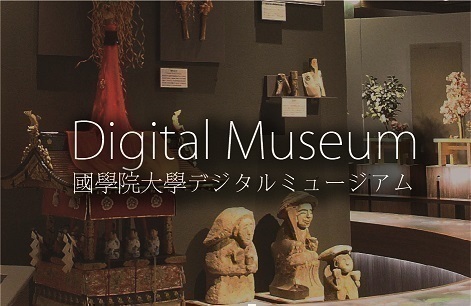- トップ
- Encyclopedia of Shinto
- Reisai, nensai
Encyclopedia of Shinto
| Main Menu: | |
| Links: |
詳細表示 (Complete Article)
| カテゴリー1: | 5. Rites and Festivals |
|---|---|
| カテゴリー2: | Rituals in Daily Life |
| Title | Reisai, nensai |
| Text | One of the events performed in Shintō for the ancestral spirits (soreisai). This event is held a fixed number of years after the funeral to remember the spirit of the deceased and is equivalent to the Buddhist memorial service (nenki hōyō). In Shintō the nensai is usually performed in the 1st, the 5th, and the 10th years, with the final one being held in the 50th year. The sequence of years when the ceremony is performed differs from that of Buddhism, but they share in common the characterstic of ending the rituals in a certain year. The final memorial service is commonly called nenki age or tomurai age. However, in today's Shintō this model does not necessarily always apply. There are cases where the spirit of the deceased is enshrined (gōshi) in the shrine of the ancestral spirits (soreisha, also see sorei) after the 1st year's memorial service, or that even after the 50th memorial service a nensai is held every 100th year. These types of ceremonies for paying respects to the deceased are closely connected with funeral rites. Funerals in a Shintō style (shinsōsai) were generally not sanctioned in the Edo period, so there were not many opportunities to perform reisai of this sort. However, some think that with the spread of the Shintō-style funeral in the Meiji period, the number of reisai also increased. The actual ceremonial rituals today include the offering of food and wine (shinsen), the reading of Shintō prayers (norito), and the presentation of a twig of the sacred sakaki tree decorated with paper strips (tamagushi). See also Shinsōsai (Shinto Funeral Rites) — Endō Jun |




